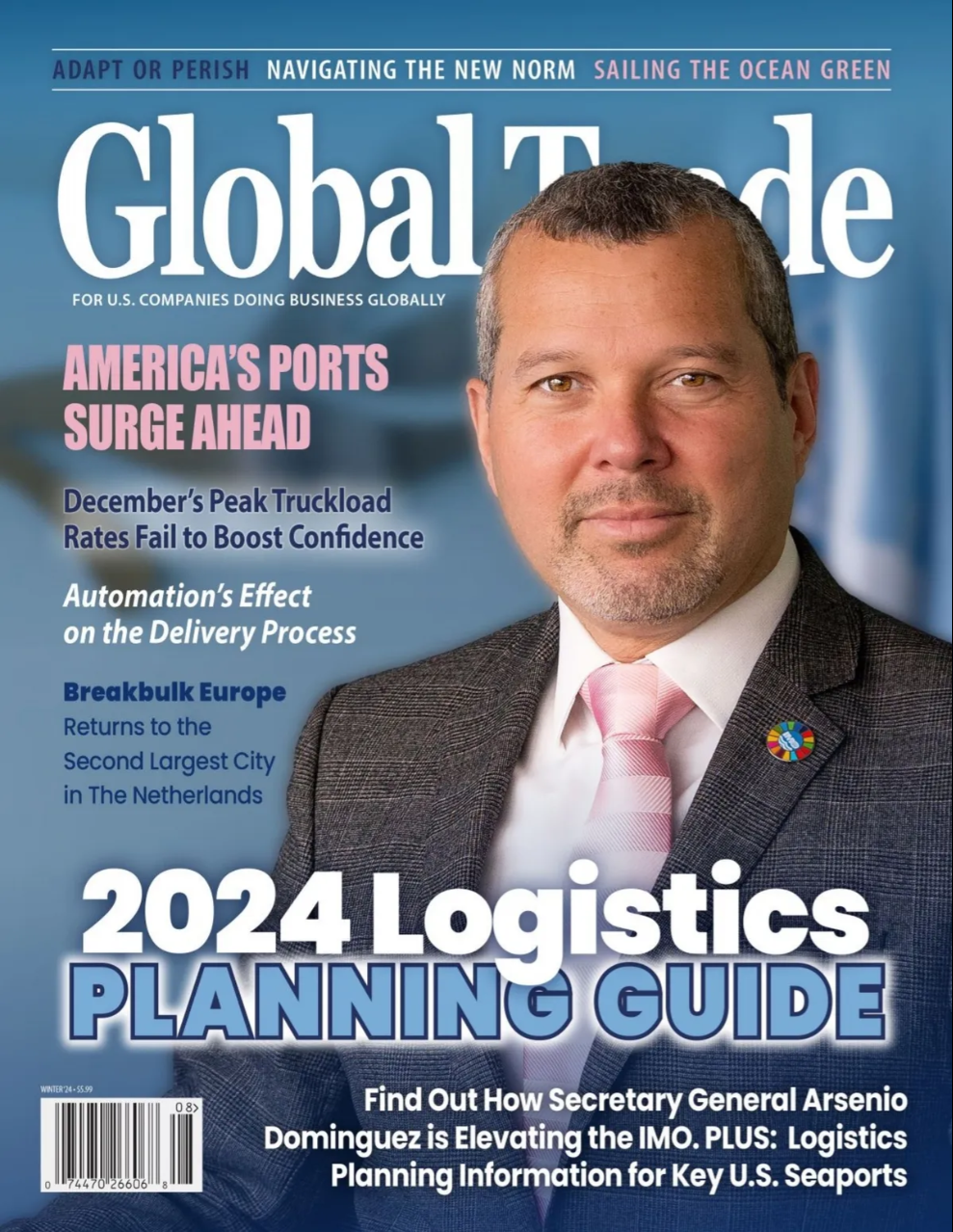Climate change is a multifaceted challenge, forcing businesses to adapt to a new reality governed by rising global temperatures and unpredictable weather patterns. Cold chains are particularly vulnerable to these disruptions, underscoring the importance of adopting resilient strategies capable of withstanding the impact shocks.
Managing Supply Chains is More Challenging Than Ever
It’s no secret that maintaining sustainable supply chains is becoming increasingly difficult. Increasing freight prices, labor shortages and port congestions are just some of the mainstay challenges suppliers have to deal with in 2024. For instance, freight rates from China to the West Coast jumped by over $2,300 between January and February.
The escalating impacts of climate change — rising sea levels, soaring temperatures and depleted waterways — increasingly threaten the production and delivery of goods. Extreme weather events cause significant damage to critical infrastructure like ports, warehouses and roads, leading to increased downtime.
Because of the interconnected nature of global supply chains, disruptions in one region can have a ripple effect on the entire logistics network of another area. The drought affecting the Panama Canal is a stark reminder of the disruptive power of climate change.
Maintaining Cold Chain Integrity
The effects of climate change are decidedly more pronounced across the cold chain. For instance, heat waves can affect the efficiency of warehousing and transportation. Floods and wildfires make roads inaccessible, leading to delivery delays and heightening the risk of item degradation while in transit. Shipping temperature-sensitive items like food and vaccines securely is crucial to tackling food scarcity, preventing waste, and supporting agricultural livelihoods worldwide.
However, each step of the chain — refrigerators, industrial chillers and transportation — considerably contributes to climate change. For example, cold storage facilities must maintain temperatures as cold as -122˚ Fahrenheit to preserve the integrity of certain pharmaceuticals. It takes significant energy to achieve and sustain such conditions, which eventually take a toll on the environment.
Climate Risk Management for Resilient Cold Chains
Supply chains are responsible for around 60% of all carbon emissions globally, further prompting the need for decisive action toward mitigation and adaptation. Managing climate risk begins with identifying exposure.
Companies and stakeholders at each touch point across cold chains must account for inherent risk factors in daily operations. For instance, refrigerated warehouses in flood-prone areas could prompt businesses to change existing processes or relocate certain operations entirely.
Exploring options such as shortening the value chain or adopting newer technologies could also help minimize climate-driven impacts. Recent research shows cooling systems account for 44.1% of energy consumption in cold storage facilities, but simple measures like multiple compressor systems and capacity grading can lead to over 30% savings.
Larger suppliers and shipping firms can facilitate sustainable cold chain practices by maintaining climate-friendly criteria and requiring partners to do the same. This approach can create a trickle-down effect, gradually reforming the supply chain. Obviously, additional costs will be associated with such changes, but once the bigger players start to do it, their competitors will have no choice but to follow suit.
Adopting innovations like AI and IoT sensors can also help brands and transporters manage climate risks. For example, AI can help with route optimization by aggregating weather pattern data and suggesting the best journey times for deliveries to minimize disruptions. Additionally, real-time tracking and monitoring provide increased visibility into supply chains, enabling shipping enterprises to respond promptly to climate-related interruptions.
Nature-Focused Planning
Resilient cold chains require coordination on a local and global scale. Businesses must be mindful of the importance of nature in supporting supply chains and safeguarding environmental wellbeing.
Renewable energy sources, electric vehicles and eco-friendly packaging are critical to reducing the sector’s carbon footprint, facilitating more sustainable logistics operations in the long run. These considerations will likely be among the biggest drivers of capital allocation decisions in the coming years.
Public Sector Reforms
Regulations surrounding sustainability efforts will be critical in supporting a climate-resilient cold chain. Everything has to work in sync, with policymakers providing the right incentives to motivate change and companies doubling down on their eco-conscious practices.
There also needs to be improved levels of scrutiny around compliance with climate regulations to foster increased corporate accountability, especially concerning environmental impact reporting. Only 36% of companies disclosed their Scope 3 emissions — indirect emissions occurring in their respective value chains. With stringent disclosure requirements, governments can proactively address climate risks in supply chains and curb the menace of greenwashing.
Building More Sustainable and Resilient Supply Chains
The data is undeniable — extreme weather, depleted waterways and rising temperatures are disrupting global cold chains to their very foundations. The frequency and severity of these events make resilience and adaptability paramount considerations for the industry’s future. By investing in climate-friendly infrastructure, adopting energy-saving technologies and fostering nature-driven collaborations, the logistics sector can build a robust foundation for sustainability and resilience across the value chain.











